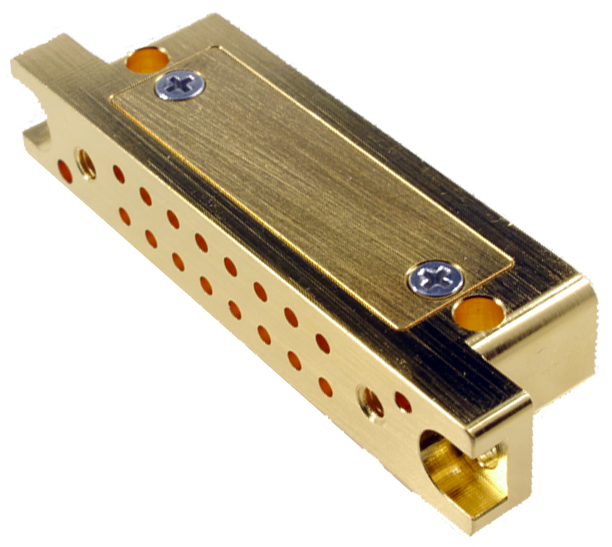
Amphenol Ardent Concepts, a leading supplier of ganged coaxial connectors for use in cryogenic environments, has released high-density Ganged Coaxial Attenuators for use in-line with the TR Multicoax™ series to support the many unique challenges of scaling up quantum computing applications for practical use. Density, substantial environmental changes, and an increasing need for more high-speed lanes are causing quantum computer designers to rethink traditional routing methods. By utilizing industry leading materials like Oxygen-free high thermal conductivity (OFHC) copper and NiCr on thermally conductive crystalline quartz dielectric, engineers will be able to drastically decrease real estate required by individual attenuators with minimal change in attenuation with temperature delta down to 3 milliKelvin. Attenuation is offered in 0, 10, and 20 dB configurations and supports bandwidth up to 12 GHz. All configurations offer well controlled insertion loss at 5 GHz of ±1 dB.
The initial 16 channel form factor is 94% more compact than 16 traditional SMA-style attenuators and fits in a 290mm² area compared to nearly 5000mm² for legacy attenuators with torque wrench provisions at the same channel count. Ardent plans to introduce additional form factors as needed. The tandem of TR Multicoax connectors and Ganged Coaxial Attenuators provides system developers a total solution from room temperature to Quantum IC.
Traditionally, the control and read out lines (IOs) in cryogenic dilution refrigerators are deployed in a massively parallel configuration using traditional coaxial cables as the transmission line media. As quantum computing begins to solidify its technical advantage over classical computing, it does so with the need for higher and higher numbers of qubits. The increase in qubits requires the coaxial cabling solutions to become denser as the hardware designers battle mechanical space requirements and balance the delicate cooling constraints of the cryogenic dilution refrigerators. This presents routing challenges due to the extremely high channel counts and concerns over connector transition failures and many cutting-edge quantum computing developers have turned to Ardent’s TR Multicoax product family to help.
“We saw this as an opportunity to help customers working on quantum computing and other cryogenic applications address the inherent challenges of routing signals in such a confined space and at extreme temperature changes. The robustness of our Ganged Coaxial Attenuator combined with its high-density, high-bandwidth, solderless design, made it an ideal solution,” said Stephen Cristaldi, Ardent Product Manager of High-Speed Cable Products. “Pair this Ganged Coaxial Attenuator with TR Multicoax connectors, and system designers can connect hundreds of lines in a matter of minutes with confidence that all lanes will be functional down to milliKelvin temps.”
The newest form factors of Ardent’s TR Multicoax connectors support the many unique challenges of Quantum Computing applications. Density, substantial environmental changes, and an increasing needfor more high-speed lanes are causing quantum computer designers to rethink traditional routing methods of individual cables. By utilizing superconducting materials like CuNi cables and the existing patented contact technology Ardent is known for, engineers will be able to
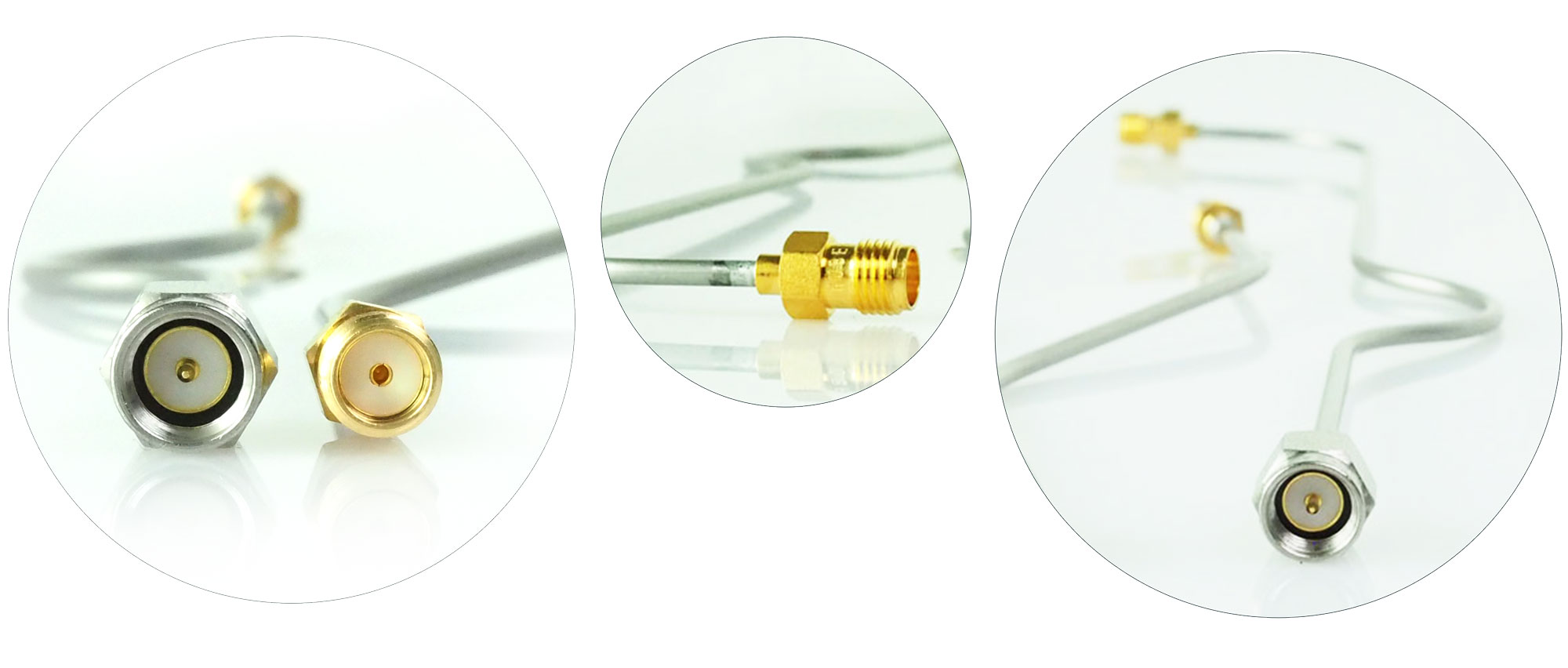
drastically decrease real estate required by individual connectors and increase their channel count while improving signal integrity in their systems.
TR for Quantum/Supercomputing Applications is ideal for use in Dilution refrigerators, Cryogenic devices, Vacuum chambers, Anywhere RF signals need to be passed through a sealed wall
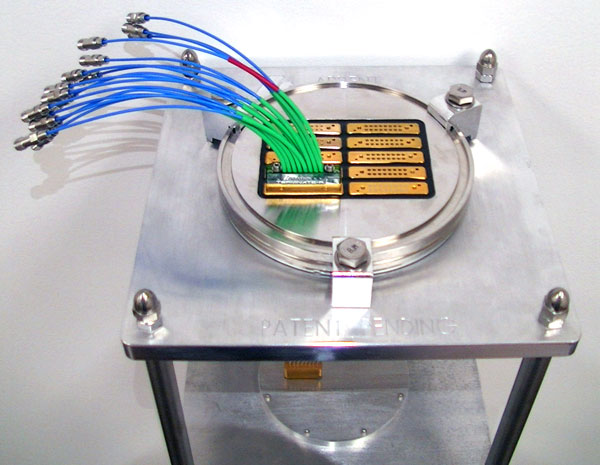 50 Ω Hermetic Feedthrough
50 Ω Hermetic Feedthrough
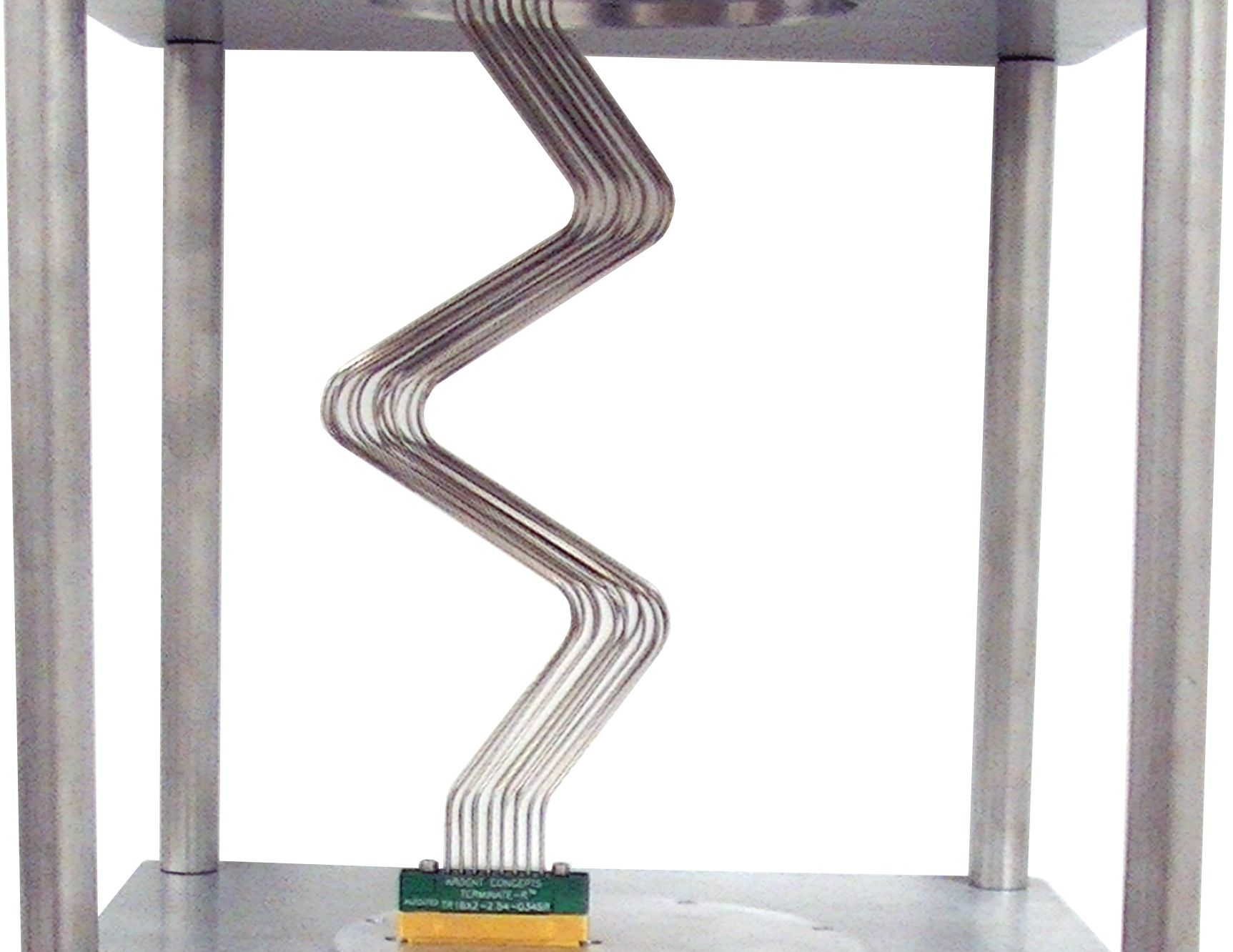 Inner-Fridge Wiring
Inner-Fridge Wiring
 Thermal Anchoring
Thermal Anchoring
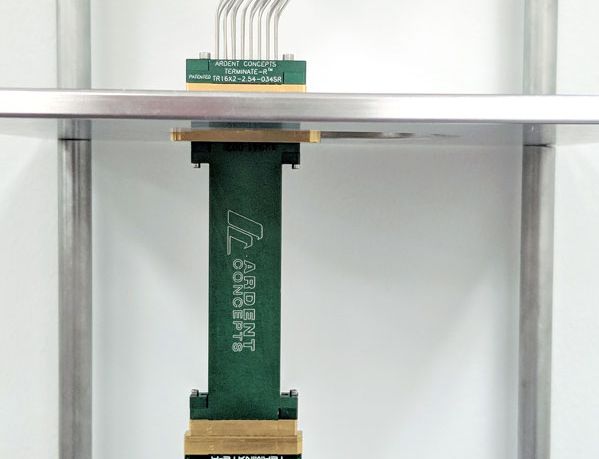 Attenuation
Attenuation
Leak-proof Feedthrough design.
Extremely dense form factor.
Easily mate/de-mate multiple high-speed lanes.
Variety of coaxial cable materials available. 16, 24 Channel options.
Custom lengths.
Can be customized for thermal anchoring to minimize the heat load in a cryostat.
Custom attenuationnblocks can mate directly to TR assemblies.
Reliable interface eliminates fragile push on connector style attenuation.
50Ω FEEDTHROUGH WHERE HERMETICITY IS CRUCIAL TO THE TRANSMISSION OF HIGH SPEED SIGNALS
50Ω Hermetic Feedthrough is ideal for applications where hermeticity is crucial to the transmission of high speed signals. In these applications, TR Multicoax connectors are mated to the hermetic feedthrough on either end ensuring an impedance matched 50Ω channel between any two chambers. The feedthrough is fixed to a flange (such as an ISO disk) with screws in blindholes from the inside of the vacuum. The hermetic feedthrough is completely sealed using an epoxy potting.
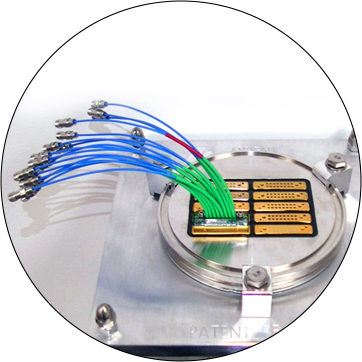
SPECIFICATION & PACKAGING
50Ω impedance
2.54mm/4.00mm pitch signal to signal
Individually packaged in anti-static bag
MATERIAL
Victrex Peek 450G
303 Stainless Steel with gold over nickel plate
BeCu Alloy 172
ELECTRICAL
Performance out to 40 GHz
Return Loss: ≤ -10 dB to 30 GHz, ≤ -5 dB to 40 GHz
Insertion Loss: ≤ -0.9 dB to 30 GHz, ≤ -2.7 dB to 40 GHz
TOOLING INFORMATION
4 mounting holes in ISO disk or bulkhead required for feedthrough mounting. Feedthrough provides mounting and tooling for TR connector to attach to the feedthrough.
MECHANICAL
16 and 24 channel versions
Potted and O-Ring versions
Mechanical Cycles: 1000
ENVIRONMENTAL
Max leak rate 2.00E-09 Ltorr
Rated down to 10mK temperatures
TARGET MARKETS/APPLICATIONS
Dilution refrigerators/Cryogenic devices
Quantum Computing
Vacuum Chambers
Anywhere where RF signals need to be passed through a sealed wall
Development of a deterministic multi-channel system to generate precision signals Around the world, researchers in the field of data processing with quantum computers are scaling up from proof-of-concept designs based on single qubits to complex multi-qubit designs to validate the theory of operation. With IBM's new 50-Qubit system, researchers are on their way to an actual usable quantum computer. However, data processing with quantum computers still faces challenges. Current quantum systems are incredibly complex and difficult to operate. Each qubit requires multiple precisely tuned and sequenced pulsed RF control signals. In general, an AWG is not necessarily needed to generate these signals. However, researchers need a scalable method to create deterministic multi-channel systems to generate precision signals.
Q: "Regarding to the article, to what extent do I need the SMP-mini in the current technology? Does 1 line with an SMP-mini (or comparable) mean the control of 1 Qubit? Is there a supply line or several here to work with one Qubit? What signal is actually transmitted there?"
A: "As far as I know, several lines are needed. One for driving and one for reading.
In addition, there are further qubits for error correction. The goal is a logical qubit gate that can be used for further work.
The goal is a logical qubit gate that can be used for further work. Is there a supply line or several here to work with one Qubit?
The SMP-mini is used by many because it achieves the bandwidth (below 10 GHz), is small and is a snap-in."
Q: "So, this means that if the user uses an signal generator and wants to address 100 Qubits, then he needs at least 100 coaxial lines for the pulsed RF control signals?"
A: "This means that a total of 200 coaxial lines are needed. 100 coaxial lines for the control and 100 for reading out."
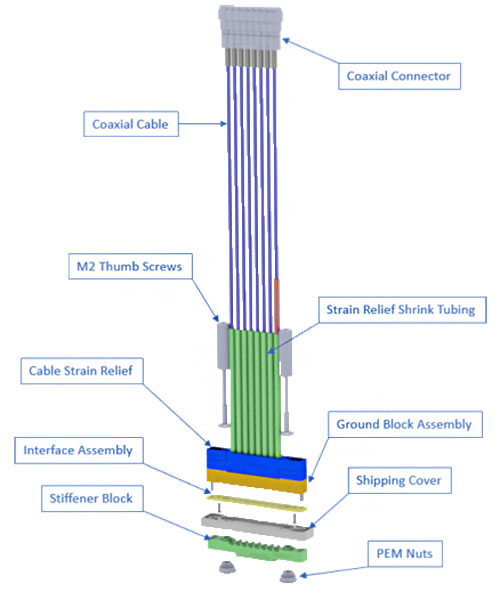
Hermetic Feedthrough Data
Multicoax Connector Data